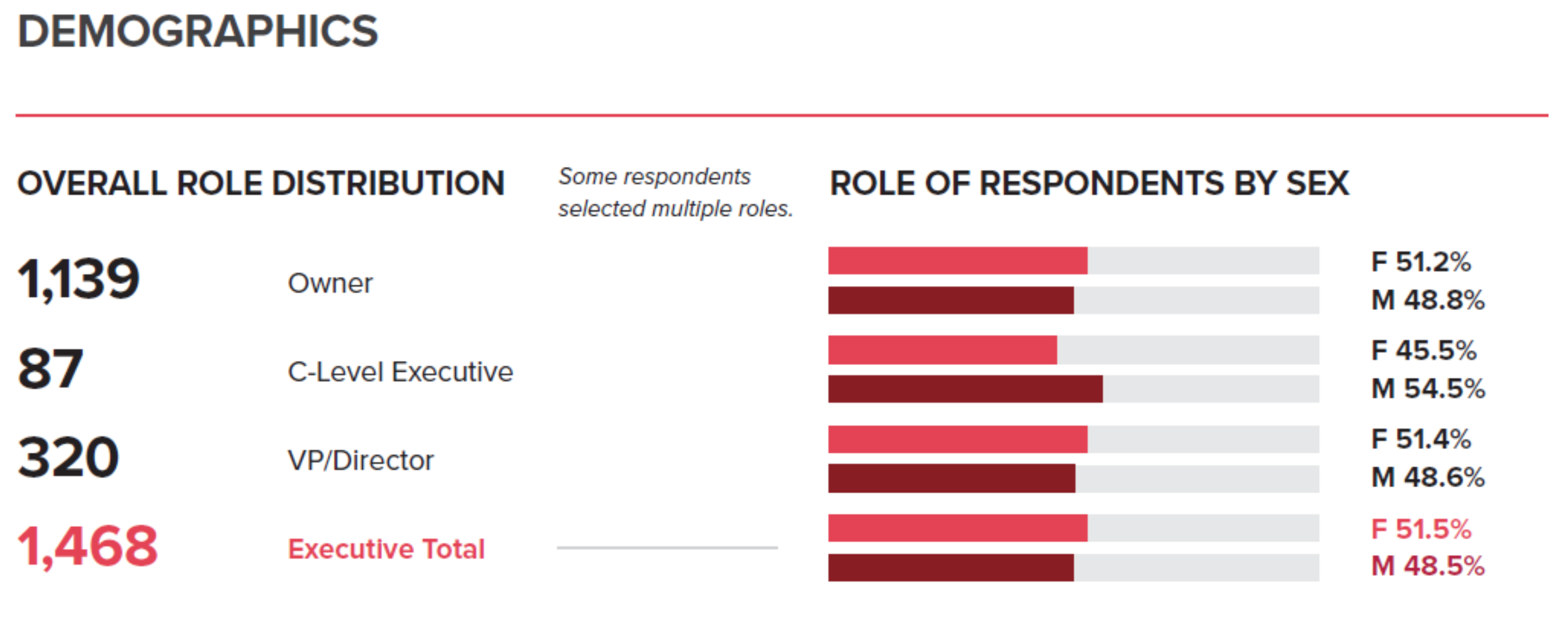Gender Bias in Pay in Physical Therapy

According to WebPT’s State of Rehab Summary, female therapists are generally paid less than males. Even though physical therapy is comprised of statistically more female therapists, the industry hasn’t been balanced in payments for both genders.
By breaking through glass ceilings, our industry and community will ensure everyone is treated fairly in physical therapy.
As the graph above shows, females are underpaid, compared to their male colleagues. Heidi Jannenga, the founding PT of WebPT, details some confounding factors that contribute to this pay gap. “Gender bias, lack of confidence, and weak negotiation skills remain the main factors contributing to this pay gap. We must continue to address this disparity and educate those in leadership positions to eliminate bias and empower more equality in hiring and promotion practices. This isn’t just a female problem; we must have everyone involved to overcome this issue.”
As Heidi explains, there may be some top-down issues that are contributing to this issue at large. Males are more likely to hold C-level executive positions in the majority of therapy practices. However, a shift is beginning to see more females in overall leadership positions, according to the most recent data.

Bridgit Finley, a physical therapist, encourages more female therapists to take on leadership positions, “I am encouraged to see and meet more and more women in leadership positions in private practice.”
Indeed physical therapy isn’t the only health care profession that has shown substantial gender bias. According to Fortune, women physicians are paid $20k less than their male counterparts. While paid equally, the majority of upper-level executives and administrators are male, amongst large healthcare companies.
While this information indicates that a change is needed, it appears that executives are beginning to make changes. In 2017, over 100 biotech executives signed a letter promoting gender diversity and inclusion in the healthcare field. This letter promises to promote greater equality for females and hopes to help push the industry to higher standards of equality.
Finley views the changes as inspiring. She says, “I want to encourage women to step up and ask for what they want and not self-limit. When fear limits our actions, that is when we need to remember why we do what we do and allow our passion to overcome our fear. When we do that, all things are possible.”
It’s also important to consider that the burden of pay parity falls on all of us. While negotiating and asking for what you deserve is important for both men and women, employers must be proactive about ensuring pay parity.
At Luna, we are taking the needed steps to address these payment issues up front. We’ve carefully considered how to set the trend of equality in healthcare going forward and we pride ourselves on being a company that puts equity first.
At Luna, we commit to fair pay practices; males and females get the same pay. This is the first step towards ensuring diversity and fairness in the field of physical therapy. The health care community need to collaborate as a whole, to ensure gender bias is a thing of the past. With our knowledge of the current issues, let’s make physical therapy fair for all involved.
This entry was posted in Luna Blog and tagged Therapists.



